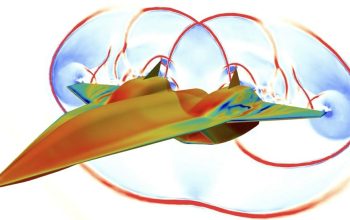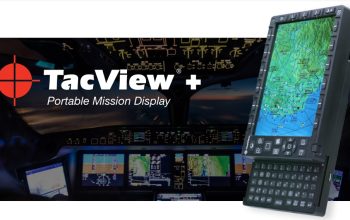The U.S. State Department has made a determination approving a possible Foreign Military Sale to the Republic of Korea of F-35 Munitions and related equipment for an estimated cost of $271 million. The Government of the Republic of Korea has requested to buy 39 AIM-120C-8 Advanced Medium Range Air-to-Air Missiles (AMRAAM); 2 AIM-120C-8 AMRAAM Guidance Sections; 88 KMU-556 Tail Kits for the GBU-31v1 Joint Direct-Attack Munition (JDAM); 86 Mk-84 General Purpose (GP) 2000-lb bombs for the GBU-31v1 JDAM; 70 KMU-557 Tail Kits for the GBU- 31v3 JDAM; 70 BLU-109C/B 2000-lb bombs for the GBU-31v3 JDAM; 78 KMU- 572 Tail Kits for the GBU-54 Laser JDAM (LJDAM); 269 MAU-169 Computer Control Groups/Guidance Sections for the GBU-12 Paveway II; 269 MXU-650 Air Foil Groups for the GBU-12 Paveway II; 342 Mk-82 500-lb GP bombs for the GBU-12 Paveway II or GBU-54 LJDAM; 12 Mk-82 inert bombs; 35 GBU-39 Small Diameter Bomb-Increment 1 (SDB-I) All-Up-Rounds (AUR) with containers; and 118 GBU-53 Small Diameter Bomb-Increment 2 (SDB-II) AURs. The principal contractors will be Lockheed Martin Corporation, Ocala, FL; Raytheon Missiles and Defense, Tucson, AZ; and the Boeing Company, Huntsville, AL.

In November 2013, the Korean Joint Chiefs of Staff Council recommended purchasing 40 F-35A as North Korea seemed to have difficulty dealing with radar-evading aircraft.[367] On 27 January 2014, the Defense Acquisition Program Administration said that a contract for the 40 aircraft would be reviewed and, once approved, signed in September.With deliveries planned to begin in 2018, South Korea would benefit from the scale of F-35 production at the time. With full-scale production having begun, the Unit Recurring Flyaway (URF) cost of one F-35A is expected to be $80–$85 million, which includes the aircraft, avionics and mission systems, the engine, logistics support, and a flight simulator. Through the Foreign Military Sales (FMS) agreement and past budget issues, the cost projection may be likely to rise. South Korea’s formal selection of the F-35 purchase was finalized on 24 September 2014. South Korea is the third FMS country to procure the F-35A after Israel and Japan.

In December 2017, Korean media reported that the Defense Acquisition Program Administration had established a process for acquiring an additional 20 F-35 aircraft, in addition to the 40 it had already ordered in 2014. Korean news agency Yonhap also reported later in December 2017 that the Korean military was considering operating F-35B aircraft from Dokdo-class amphibious assault ships operated by the Korean Navy. The first F-35A was delivered in Fort Worth, Texas on 28 March 2018. The aircraft will remain in the US as South Korean crews will begin training with the aircraft at Luke Air Force Base. The arrival of the first F-35s in South Korea occurred in March 2019, when two F-35As were delivered to a base in Cheongju. In December 2019, 13 F-35A of 17th Fighter Wing has declared as operational within the Republic of Korea Air Force (ROKAF).

The Lockheed Martin F-35 Lightning II is an American family of single-seat, single-engine, all-weather stealth multirole combat aircraft that is intended to perform both air superiority and strike missions. To preserve its stealth shaping, the F-35 has two internal weapons bays each with two weapons stations. The two outboard weapon stations each can carry ordnance up to 2,500 lb (1,100 kg), or 1,500 lb (680 kg) for the F-35B, while the two inboard stations carry air-to-air missiles. Air-to-surface weapons for the outboard station include the Joint Direct Attack Munition (JDAM), Paveway series of bombs, Joint Standoff Weapon (JSOW), and cluster munitions (Wind Corrected Munitions Dispenser). The station can also carry multiple smaller munitions such as the GBU-39 Small Diameter Bombs (SDB), GBU-53/B SDB II, and SPEAR 3 anti-tank missiles; up to four SDBs can be carried per station for the F-35A and F-35C, and three for the F-35B. The inboard station can carry the AIM-120 AMRAAM and eventually the AIM-260 JATM. Two compartments behind the weapons bays contain flares, chaff, and towed decoys.















